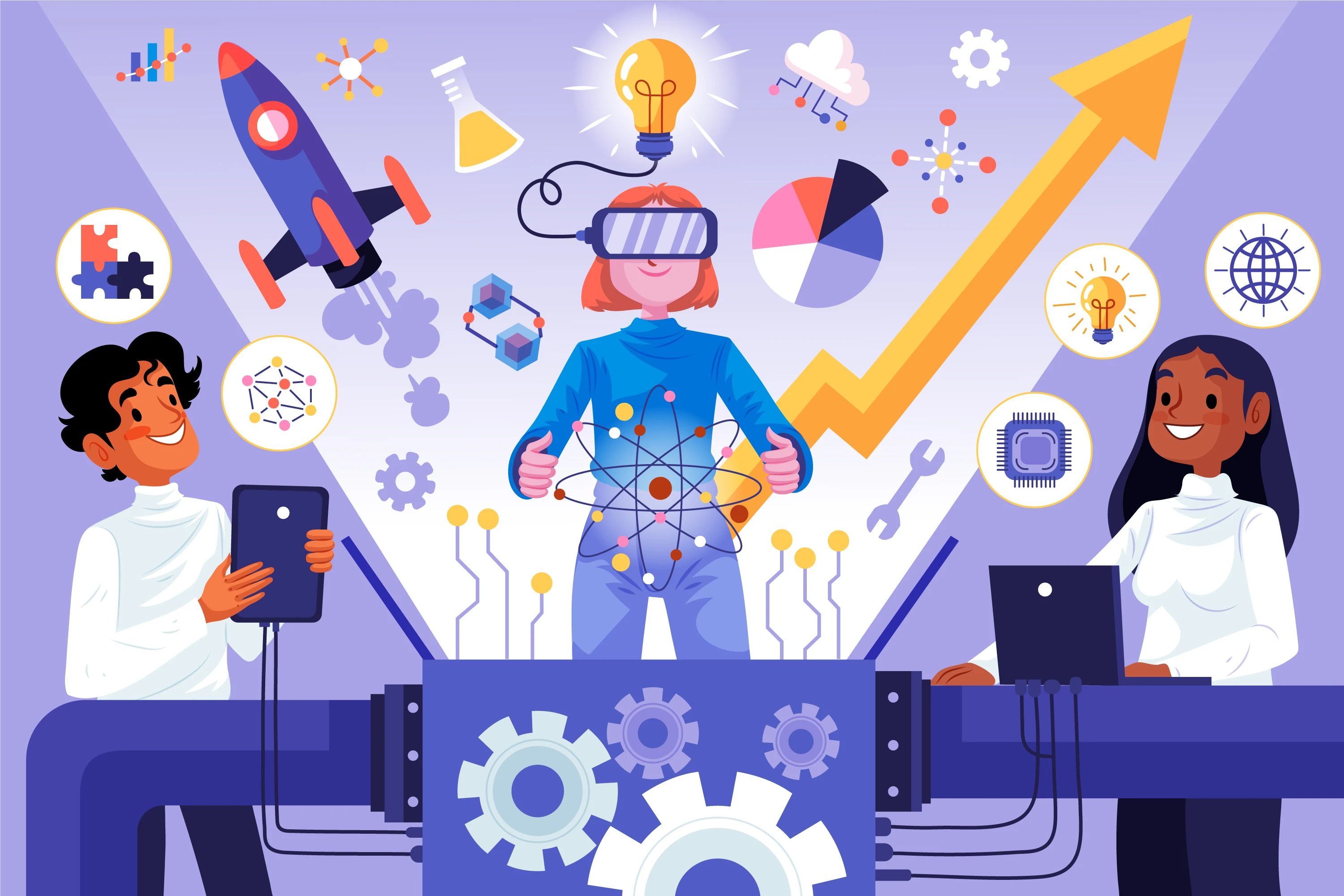Artificial Intelligence (AI) and Machine Learning (ML):
AI and ML are rapidly growing areas in computer science that involve using algorithms to simulate intelligent behavior in machines. AI is used in areas such as robotics, automation, and natural language processing, while ML is being applied in a range of fields, from medical diagnosis to predictive analytics in business.
Internet of Things (IoT):
IoT refers to the interconnectivity of everyday objects and devices, such as home appliances, vehicles, and wearable technology. This allows for remote monitoring, automation, and data collection for analysis and decision-making.
Quantum Computing:
Quantum computing is a new technology that uses quantum mechanics to process information more efficiently than classical computers. This technology has the potential to revolutionize areas such as cryptography, drug discovery, and optimization problems.
Biotechnology:
Biotechnology involves the use of living organisms, cells, and biological processes to create products or solve problems. It has applications in areas such as medicine, agriculture, and environmental science.
Renewable Energy:
With growing concerns about climate change and sustainability, renewable energy sources such as solar, wind, and hydropower are becoming increasingly important. The development of new materials and technologies for energy storage is also an active area of research.
Augmented and Virtual Reality (AR/VR):
AR and VR technologies create immersive experiences that can be used for entertainment, education, training, and remote collaboration. They have the potential to revolutionize the way we interact with technology and each other.
5G and Next-Generation Networks:
5G technology is the latest generation of wireless communication, offering faster speeds, higher bandwidth, and lower latency than previous networks. It enables new applications such as autonomous vehicles, remote surgery, and virtual reality.
Blockchain:
Blockchain is a decentralized, distributed ledger technology that enables secure and transparent transactions without the need for a trusted intermediary. It has applications in areas such as finance, supply chain management, and identity verification.
Space Exploration and Commercial Spaceflight:
With the growth of private space companies, space exploration is becoming more accessible and affordable. This has led to new opportunities for research, tourism, and resource extraction.
These are just some of the many new trends in science and technology that are shaping the world around us. As research and innovation continue, we can expect to see even more exciting developments in the future.















0 Comments